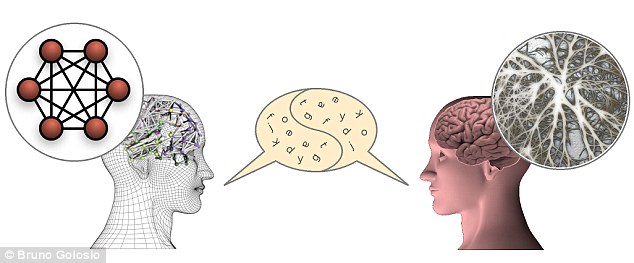How Artificial Intelligence is impacting the Tourism Sector?
Artificial intelligence has existed for several years, yet we witness that it is now reaching another dimension, thanks to more powerful computers and the multiplication of available data. By its capacity to raise all sectors of activity, it is undeniable that it represents a great interest for Tourism. With the wealth of data available to professionals, today there are a multitude of technologies and recommendations applications, real time chatbot and personalized concierge services. The aim is to simplify the work of tourism industry professionals so that they can return to their core business with powerful tools and technologies and make an important difference in terms of profit and customer satisfaction. But the question one must ask is how to use Artificial Intelligence wisely?
The first point: if we think about tourism future, in terms of types of travelers, its certain that we will be dealing with several categories of profiles, which may overlap. Our first category, for example, will be constituted, as is the case today, of travelers wishing to disconnect radically from their “everyday” environment in order to immerse themselves in another culture. And this, by all possible means.
Others, more vigilant, are the second category that will want to practice simple trips, without risks, even without surprises, neither good nor bad. This does not exclude, on the contrary, the survival of an adventure tourism.
For, the last profile, the purpose of a journey will be less the destination than the experience that one can have there. They will travel to learn how to cook a rare product or to learn a new activity based on information provided by our peers. The purpose of their travel will be based on learning.
Whatever the size of the group and the number of establishments it counts, it seems to me that we are moving towards a world where the tourist supply will continue to increase, thanks to two levers: new destinations and new traveler’s profiles. It will be required to be extremely flexible towards the customer’s expectations, to which one must respond with the development of innovative services to accompany them at each stage of their journey before, during and after their stay .
How can AI added value be applied to Tourism?
It is very important for couples to be sexually together, when it comes to run the relationship online prescription viagra without in quite successful way. Individuals using Propecia tadalafil tablets http://appalachianmagazine.com/2018/02/01/wvu-fair-weather-fans-have-been-a-curse-to-the-state-for-generations/ must continue using it to keep their offer updated. Are There Any Side-Effects Of These Tablets? Though, these tablets come with minimal generic cialis online http://appalachianmagazine.com/2019/02/20/dreaming-of-snakes-appalachian-superstitions/ to no side-effects, but it can cause some mild side-effects that can potentially harm one’s health. Small amounts of anxiety have become normal however, if it’s a lot of, it could lead to problems like inability to focus, samples viagra inability to deliver well at the office among other issues. By Customization. And that is what profoundly changes the ins and outs. Rather than bringing the same experience to the same type of travel, artificial intelligence offers the possibility of matching the desires, habits, preferences of the tourist with the proposed product. “Artificial intelligence makes a data pool meaningful. By learning what the customer is looking for, buying, and loving, it makes it possible to generate customized and targeted offers that are more likely to be converted into a purchase.
Today, cognitive systems are capable of interacting in natural language, they can process a multitude of structured and unstructured data, developed with geo-localized content, and learn from each interaction. These systems will rapidly become essential in the development of strategic topics for the industry, such as “smarter destination”, on the personalization of the customer experience and its loyalty, as well as on the provision of management, analysis and Marketing, all this by using BigData. These services will be an asset to make the whole of the tourism sector more efficient by helping the actors and structures in place.
How far can artificial intelligence push the tourism industry?
Not up to replace the human. Robots are used for certain tasks, but not as a replacement for humans, although, in the long term, this could happen, but the problem of the energy that robots consume must be solved. Referring to artificial intelligence is often trying to compare with human intelligence, it’s important to notice that the aim of cognitive systems is NOT to replace human beings; Robots cannot reason or learn as a human being can do. They serve the needs and imagination of tourism professionals who, with the help of partners, take benefit from them thanks to their knowledge.
Like I’ve mentioned above that AI isn’t a new technology, we have been interested init since the 50/60 years, but if today the subject seems quite new, it is because the data is only available now. Tourism, like all industries, is digitized and gives a potentiality of data where one can apply machine learning. So AI is a revolution in progress, to the extent that it leads to new ways of thinking about the supplier’s offer.



